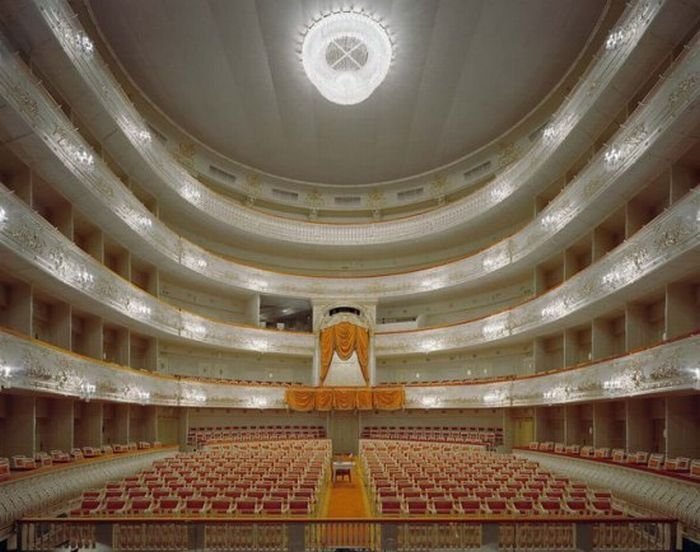|
|
Opera Houses Around The World
|
An opera house is a theatre building used for opera performances that consists of a stage, an orchestra pit, audience seating, and backstage facilities for costumes and set building. While some venues are constructed specifically for operas, other opera houses are part of larger performing arts centers.
The first public opera house was the Teatro San Cassiano in Venice, Italy, which opened in 1637. Italy, where opera has been popular through the centuries among ordinary people as well as wealthy patrons, still has a large number of opera houses. When Henry Purcell was composing, there was no opera house in London. The first opera house in Germany was built in Hamburg in 1678. Early U.S. opera houses served a variety of functions in towns and cities, hosting community dances, fairs, plays, and vaudeville shows as well as operas and other musical events.
In the 17th and 18th centuries, opera houses were often financed by rulers, nobles, and wealthy people who used patronage of the arts to endorse their political ambitions and social positions or prestige. With the rise of bourgeois and capitalist social forms in the 19th century, European culture moved away from its patronage system to a publicly supported system. In the 2000s, most opera and theaters raise funds from a combination of government and institutional grants, ticket sales and, to a smaller extent, private donations.
|
|









